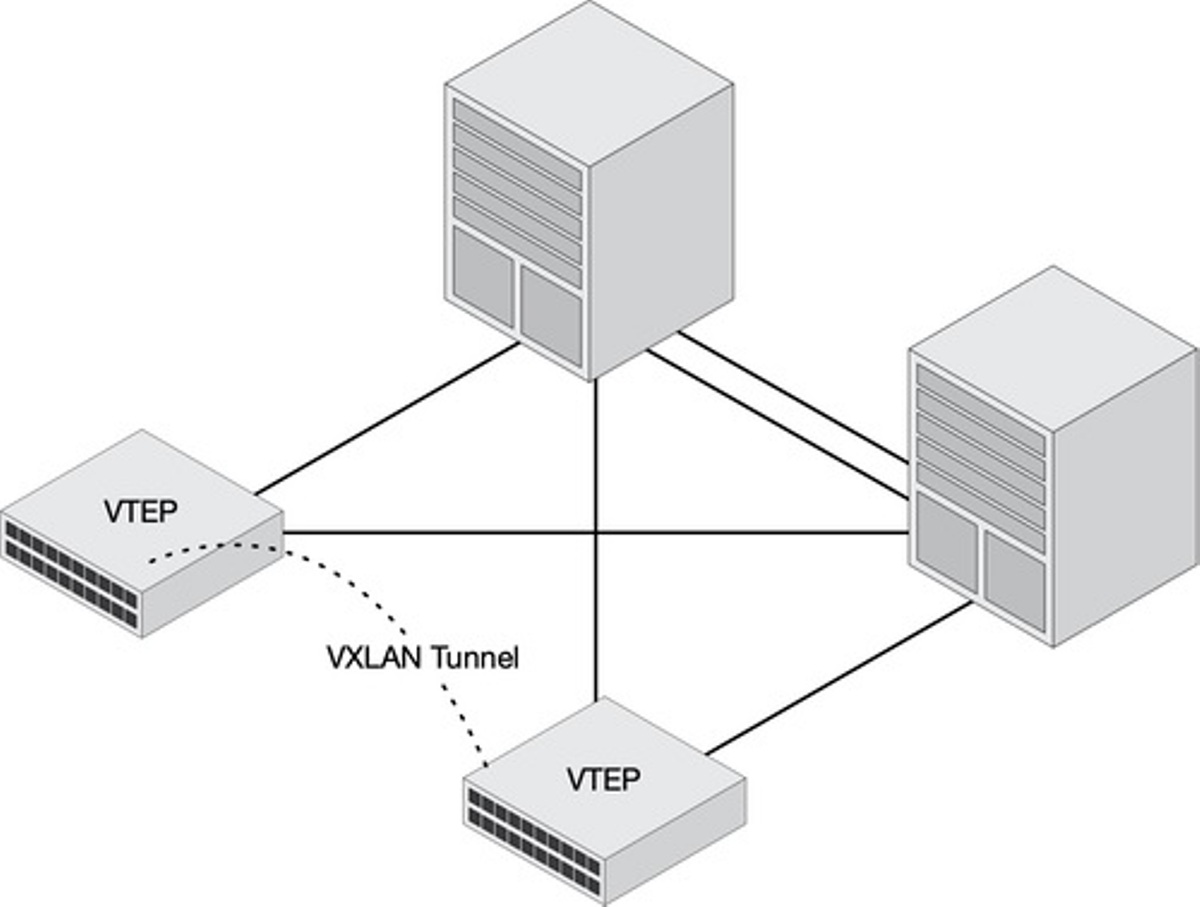
The global market for rheumatoid arthritis treatments is expected to grow at a CAGR of...
Learn More
Our consulting solutions address company specific challenges with respect to micro environment...
Learn More
Organizations frequently need day-today research guidancein order to gain strategic...
Learn More
Exploring different areas of market research and market analysis is a key factor...
Learn MoreAcute Market Reports presents the most extensive global business research services across industries. Our research studies focus on potential outcomes, benefits, and risks associated with each market segment across geographies. Having served our global clients for more than 10 years, our prime priority is to enable our clients in making well-informed business decisions through a data-driven, analytical, and uncomplicated research approach.
We provide access to the world's most comprehensive, analytical, and updated business intelligence services and solutions.




The VXLAN market is expected to grow at a CAGR of 15.3% during the forecast period of 2025 to 2033, driven by the increasing adoption of cloud services, advancements in data center technologies, and the growing need for network agility and efficiency...
Read More
The global plastic crates market is expected to experience significant growth in the coming years, driven by factors such as increasing demand from industries such as food and beverage, agriculture, retail, and automotive, among others. The global pl...
Read More
The bearings market is a critical component of various machinery and equipment across multiple industries, making it a cornerstone of modern engineering. Bearings are essential for reducing friction between moving parts, enabling smoother operation, ...
Read More




